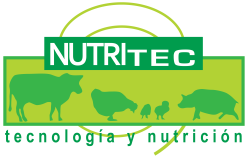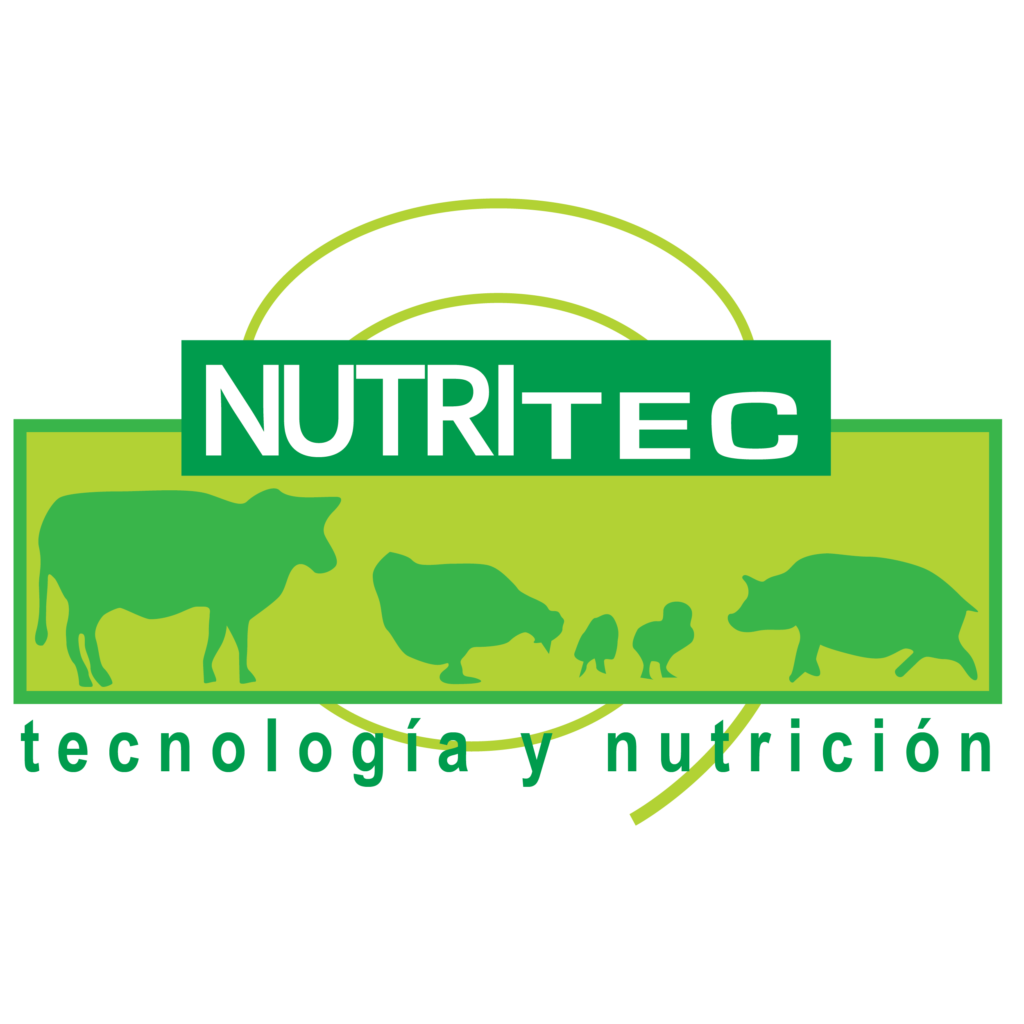A fundamental part of biosecurity is determined by the processes to be carried out after the birds leave our farms, such as cleaning and disinfection.
Disinfection is the activity that consists of the elimination or reduction of microorganisms that infect or can cause an infection in birds, through the use of physical or chemical agents.
Physical Factors: Among these factors are the concentration, temperature and action time of the disinfectants.
Example: At a fixed concentration if the temperature decreases, the exposure time must be increased.
Chemical Factors: Within these factors is the pH or hydrogen potential, which in the case of disinfectants is important to change the ionic charge of the surface of the bacteria.
One of the measures that must be carried out is to practice adequate cleaning protocols prior to disinfection, to eliminate as much as possible that biofilm that is favored by the existence of organic matter. This cleaning will be done using a neutral or alkaline detergent; Using a chemical attack, remove the remains of this invisible organic matter that remains attached to the surface.
When choosing a good disinfectant, we have to think about:
- Type of microorganism that we want to eliminate.
- The conditions in which we will apply it, temperature, application system.
- Type of material to disinfect.
- Characteristics and spectrum of action of the disinfectant.
- If it is corrosive to materials or harmful to the operator.
- Residual effect and if it affects the environment.
“In order for there to be a correct disinfection, there must first be a very good cleaning”
Around 50% of the Salmonella strains isolated at the field level are capable of producing biofilm and, therefore; they can be 1,000 times more resistant to disinfectants, also gram negative bacteria are usually more resistant than gram positive ones.
The effectiveness of disinfectants depends mainly on:
- Sensitivity of the microorganism.
- Sanitizer concentration
- Type of disinfectant (chlorine, iodine, Glutaraldehyde, etc.)
- contact time.
- water hardness
- Presence of organic matter.
To ensure that we are carrying out a correct disinfection, we must follow the following steps:
- The first thing is to carry out a good cleaning with suitable detergents.
- Select the disinfectant based on the agent that we want to destroy based on the history of the farm and the proven efficacy according to the sanitary regulations of the different disinfectants and the conditions in which it will be used.
- We must apply the disinfectant following the instructions, dosages and contact times recommended by the manufacturer, we will follow the recommendations that appear in the safety sheet to make the application in the correct way, both for us and for the materials and the environment. .
Best known disinfectants according to their potency
Low activity: Vegetative forms of bacteria and fungi.
- Quaternary ammonium compounds: Benzalkonium chloride.
Average activity: Vegetative forms of bacteria and fungi, acid-fast bacteria (mycobacteria), lipid-coated viruses.
- Chlorinated compounds: Chlorine, Sodium hypochlorite.
- Iodinated compounds: Iodine, Iodophors.
- Alcohols: Ethanol.
- Fifth generation quaternary ammonium.
- Phenolic compounds: Phenol, cresols, Bis-phenols (Hexachlorophene).
High activity: Vegetative forms of bacteria and fungi, acid-fast bacteria (mycobacteria), viruses, spores.
- Aldehydes: Formaldehyde, Glutaraldehyde.
- Peracetic acid.
(Source: Spanish Society of Hospital Pharmacy)
After everything mentioned above, the question arises: Do I need to rotate the sanitizer?
This question can be asked by the poultry farmer, especially as they become aware of the need to rotate other products they use for disease control to prevent resistance problems from developing.
The responsible and understandable need to rotate coccidiostats and antibiotics in the poultry sector to avoid resistance in the development of coccidia and bacteria is proven. The same goes for disinfectants used to combat viral and bacterial diseases.
It is of the utmost importance to always carry out bacteriological or efficacy tests to determine what type of microorganism we are dealing with and to be able to choose the best disinfectant for our rotation and our farm.
It is important to always carry out a good cleaning to destroy organic matter and thus prevent microorganisms from forming that Biofilm or protection against disinfectants.
Criteria for rotating the disinfectant:
It is necessary to periodically evaluate the biosafety protocols of the farm, it is very important to detect in time the presence of new mutant microbial agents and/or check the effectiveness of the disinfectant against them, as well as against organic matter, fungal or viral agents to make the necessary adjustments.
And always remember: As long as a disinfectant is performing effectively, its rotation does not proceed.




